The landscape of K-12 education is undergoing a profound transformation, driven by an accelerating pace of technological innovation. At the forefront of this shift is the emergence of personalized AI tutors, promising to redefine learning experiences for students and empower educators in unprecedented ways. As schools navigate the complexities of individual learning needs, shrinking resources, and the demand for future-ready skills, AI-powered solutions offer a beacon of hope. This comprehensive guide delves into the challenges and opportunities presented by personalized AI tutors, exploring how they can be effectively integrated to foster academic growth, engagement, and equitable outcomes across diverse student populations.
The Promise of Personalized Learning: Why AI Tutors?
For decades, the dream of truly personalized education – where every student receives instruction tailored to their unique pace, style, and needs – remained largely aspirational. Today, Artificial Intelligence is making this dream a tangible reality. AI tutors are intelligent software systems designed to adapt dynamically to each student’s learning journey, providing bespoke support that can significantly enhance educational outcomes.
Bridging the Learning Gap with AI
One of the most compelling advantages of AI tutors is their ability to bridge existing learning gaps by offering individualized instruction at scale. These systems analyze student responses in real-time, adjusting difficulty levels and learning paths to match individual needs. Whether a student is a visual learner who benefits from diagrams and videos or a verbal learner who thrives with text-based explanations, AI tutors can adapt their teaching methods accordingly.
Furthermore, AI tutors excel at providing immediate feedback, identifying specific knowledge gaps, and delivering targeted practice opportunities.This instant gratification and precise guidance allow students to learn from their mistakes immediately, accelerating comprehension and fostering a deeper understanding of subjects. Platforms like Khan Academy’s Khanmigo exemplify this, engaging students with thought-provoking questions rather than just providing answers. Research consistently demonstrates the positive impact: students using AI tutors show improved learning outcomes, increased engagement, and greater confidence. Studies have even reported a 62% increase in test scores through adaptive learning and a 30% improvement in student grades, while simultaneously reducing anxiety.
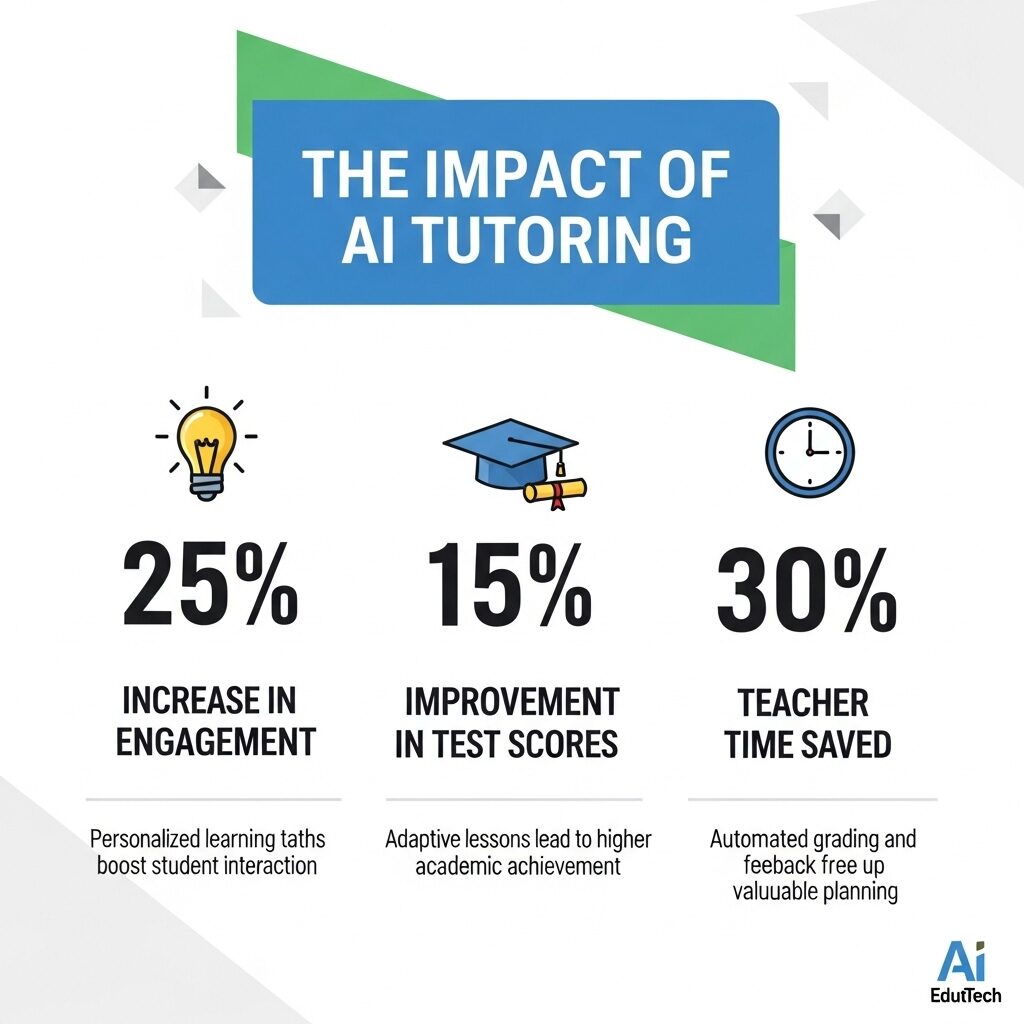
Navigating the AI Tutoring Landscape: A Comparative Analysis
With a burgeoning market and diverse offerings, selecting the right AI tutoring platform for K-12 schools can be a daunting task. Understanding the key features, pedagogical approaches, and operational considerations is crucial for making informed choices.
Key Features to Consider
Leading AI tutoring solutions differentiate themselves through various functionalities. Core features often include personalized learning paths, real-time feedback, and interactive learning resources that can incorporate text, video, and simulations.Some platforms leverage sophisticated algorithms to engage students through methods like Socratic questioning, promoting critical thinking rather than rote memorization.
When evaluating platforms, schools should consider subject coverage (e.g., math, writing, coding), the adaptability of the learning experience, and the pedagogical principles embedded within the AI’s design. Pricing models also vary widely, from free resources to subscription-based services or per-hour charges, making cost-effectiveness a key factor. Many AI tutoring platforms offer free or affordable plans, making quality education more accessible. Table 1: Comparative Analysis of Leading AI Tutoring Platforms (Illustrative Examples)
| Platform | Key Features | Subject Focus | Pedagogical Approach | Typical Pricing Model |
|---|---|---|---|---|
| Khanmigo (Khan Academy) | AI-based real-time tutoring, Socratic method, rubric generator for teachers, homework help. | K-12 Math, Reading, Writing, Science. | Guides students with questions, promotes critical thinking. | Subscription (often integrated with Khan Academy Plus). |
| Tutor AI | Personalized learning pace/style, 24/7 support, gamification, continuous monitoring. | Diverse K-12 subjects. | Adaptive learning, interactive resources. | Subscription. |
| Coursebox AI | AI course creation, instant AI assessments, real-time chatbot tutoring (trained on specific content). | Customizable for any subject/curriculum. | Content-specific guidance, automated assessments. | Subscription (often for organizations/educators). |
| Skooli | Live online tutoring (human + AI enhancement), screen recordings, revamped dashboard. | K-12 Math, Science, English, etc. | One-on-one sessions, AI for matching and analytics. | Per-hour or package-based. |
| TutorMe | Connects students with real-time AI tutors (human-assisted), interactive whiteboards, collaborative spaces. | Wide range of K-12 subjects. | Personalized learning by matching preferences, real-time interactive assistance. | Subscription or per-hour. |
Empowering Educators: Professional Development for the AI Era
The successful integration of AI tutors in K-12 education hinges not just on the technology itself, but on the preparedness and proficiency of educators. Many teachers express concerns or a lack of knowledge regarding AI tools, highlighting a critical need for robust professional development.
From Skepticism to Synergy: Training Teachers Effectively
Teacher professional development (TPD) for AI integration must go beyond basic technical training. It requires rich, personalized learning experiences that engage educators and allow them to see the transformative possibilities of AI in their classrooms. Crucial elements include fostering AI literacy, providing ongoing technical support, and building confidence through guided exploration. Frameworks like TPACK (Technological, Pedagogical, and Content Knowledge) can guide educators in effectively integrating technology into their teaching methods.
Practical strategies for TPD include starting with the basics of AI, offering hands-on exploration time, and creating collaborative spaces for teachers to share ideas and best practices. By effectively leveraging AI, teachers can gain significant time savings – up to 44% in lesson planning alone – which can be redirected towards higher-impact activities such as individualized student support, mentorship, and social-emotional guidance.
The Bottom Line: Quantifiable ROI and Cost-Benefit for School Districts
For school districts, any new technology investment must demonstrate a clear return on investment (ROI). Personalized AI tutoring systems present a compelling case, not only through improved student outcomes but also through tangible cost savings and enhanced efficiency.
Making the Case for Investment
The U.S. K-12 AI education market is experiencing significant growth, having reached $7.57 billion in 2025 and projected to grow at a 38.1% CAGR through 2033 to an estimated $92.09 billion. This rapid expansion underscores the strategic importance and investment potential of AI in education. Measurable ROI metrics include substantial time savings for teachers, with reports indicating a 44% reduction in workload, particularly for tasks like lesson planning and grading. Student outcomes also show impressive gains, with some AI tools improving literacy by 30% and test scores by 54%.
While an initial investment is required for software acquisition, staff training, and maintenance (typically ranging from $5,000 to $15,000 for medium-sized institutions, plus annual support costs), the long-term benefits often outweigh these expenses. [44] For example, a study on AI-assisted tutors costing just $20 per tutor annually showed a four-percentage-point higher pass rate on exit tickets, a stark contrast to traditional in-person training that can cost thousands. [38] Furthermore, AI can contribute to administrative efficiency and even lead to increased student enrollment due to personalized outreach.
Ensuring Equity and Mitigating Bias in AI Tutoring

As AI tools become more pervasive in education, addressing potential algorithmic bias and ensuring equitable access and outcomes for all students is paramount. Without rigorous oversight, AI systems can inadvertently perpetuate or even amplify existing educational disparities.
A Fair Start: Addressing Algorithmic Fairness
Algorithmic bias can manifest in various ways, from data-related and algorithmic biases to those arising from user interaction, potentially prejudicing specific demographics. For instance, if AI algorithms are trained on unrepresentative data, they might reinforce racial inequities, leading to Black students receiving fewer resources or being placed in less rigorous academic tracks. This highlights the critical need for transparency in data sourcing and algorithm design.
Mitigation strategies include ensuring diverse representation in AI development teams, implementing comprehensive policy frameworks, and fostering transparency regarding how data is collected and algorithms function. Schools should actively engage various stakeholders – educators, students, families, and community members – to identify potential biases and propose culturally relevant solutions. Initiatives like the Edtech Equity Project, which provides an AI in Education Toolkit for Racial Equity and a School Procurement Guide, are vital in helping institutions and vendors address these challenges proactively.
Beyond Academics: Measuring Impact on Student Motivation and Socio-Emotional Learning (SEL)
The impact of personalized AI tutors extends beyond mere academic performance, profoundly influencing student motivation, engagement, and socio-emotional development.
Nurturing the Whole Child with AI
Modern AI tutoring platforms are designed with engaging interfaces and often incorporate gamified elements to maintain student motivation and attention.By adapting to individual interests and providing a sense of control over their learning pace, AI tutors enhance self-directed learning and self-efficacy. Early research indicates that sustained use of intelligent tutoring systems fosters deeper conceptual understanding and improved problem-solving skills, which persist beyond immediate instruction.
Furthermore, AI-enhanced learning tools are increasingly being leveraged to support social-emotional learning (SEL). They can help students recognize and articulate emotions, building emotional literacy and fostering a more supportive classroom environment. This personalized approach to SEL ensures that students can cultivate resilience, empathy, and strong social skills alongside academic growth. The future of AI in this area is particularly exciting, with systems expected to integrate multimodal data streams like eye-tracking and physiological sensors to detect real-time confusion or frustration, allowing for even more holistic and adaptive interventions. [MIT]
Real-World Hurdles and Triumphs: Case Studies of Implementation Challenges and Solutions
Implementing personalized AI tutoring systems in K-12 settings comes with its share of challenges, yet real-world examples illustrate successful strategies for overcoming these hurdles.
Learning from Experience: Overcoming Obstacles
Common implementation challenges include ensuring adequate technological infrastructure, overcoming initial teacher skepticism, addressing data privacy concerns, and managing the adaptation period for both students and educators. For instance, a study found that while intelligent tutoring systems showed positive effects on learning, sustained implementation was key, with notable improvements emerging in the second year, suggesting an initial adjustment phase.
Successful strategies often involve starting small, such as implementing an AI system for a single unit or subject area, to build confidence and identify challenges before broader deployment. Schools like Alpha School demonstrate how blending accelerated, personalized AI tutoring with in-person collaboration, mixed-age classrooms, and project-based curricula can optimize student outcomes while preserving the social benefits of a shared classroom. Case studies from platforms like Brainly, which utilized Google Cloud Vision AI to provide instant, multilingual answers to homework questions, highlight how AI can democratize access to education and support students globally by overcoming language barriers.
Safeguarding Our Students: Data Privacy and Security Compliance for K-12
The integration of AI tutors necessitates a rigorous focus on student data privacy and cybersecurity. The collection and analysis of student data, while crucial for AI effectiveness, also raises significant concerns about potential misuse and security vulnerabilities.
Compliance and Best Practices
Federal regulations such as the Family Educational Rights and Privacy Act (FERPA) and the Children’s Online Privacy Protection Act (COPPA), along with the Protection of Pupil Rights Amendment (PPRA), provide legal frameworks for student data protection. However, these laws have limitations, particularly concerning AI-generated data like predictive performance insights or behavioral analytics, which may not be fully covered.
Schools must adopt actionable steps to ensure compliance and robust security. This includes thoroughly evaluating AI tools and vendors to ensure they adhere to privacy certifications and guidelines. Demanding transparency from vendors regarding data collection, processing, and storage practices is essential, as is limiting data sharing to only necessary parties. Implementing strong data security measures like encryption and access controls, alongside clear policies on data ownership, retention, and deletion, are non-negotiable. Ongoing privacy training for staff and clear communication with parents about AI use, data rights, and consent (e.g., opt-in vs. opt-out approaches) are vital for building trust and ensuring responsible AI implementation. TechCrunch on K-12 Data Privacy
Seamless Integration: AI Tutors with Existing K-12 Curricula and LMS Systems
For AI tutors to be truly impactful, they must integrate seamlessly into the existing K-12 educational ecosystem, working in harmony with established curricula and Learning Management Systems (LMS).
Connecting the Dots: LMS and Curriculum Alignment
AI-enhanced LMS platforms are becoming the backbone of K-12 digital education, transforming traditional classrooms into interactive, data-driven learning environments. These systems streamline administrative tasks like automated grading and attendance tracking, freeing up valuable teacher time. More importantly, they provide real-time insights into student performance, enabling educators to make data-informed decisions and provide targeted support.
Integrating AI tutoring platforms with existing school curricula and LMS (e.g., Google Classroom) involves clear, actionable steps. This includes ensuring interoperability, allowing for smooth data flow between systems, and aligning AI-generated content with state standards and learning objectives. [29, 42] AI tools like ‘Curriculum Genie’ are already assisting educators in quickly developing comprehensive and standards-aligned teaching units, localizing curriculum, and supporting interdisciplinary learning. [29] The goal is to create a cohesive digital environment where AI tutors complement and enhance the core curriculum, rather than operating in isolation.
Conclusion
Personalized AI tutors represent a monumental leap forward in K-12 education, offering unparalleled opportunities to tailor learning experiences, empower educators, and improve student outcomes. From providing adaptive learning paths and instant feedback to freeing up teacher time for high-value mentorship, the benefits are clear. While challenges related to algorithmic bias, data privacy, and successful implementation exist, proactive strategies and thoughtful integration can mitigate these risks, ensuring AI serves as an equitable and ethical force for good.
The future of K-12 education with AI is bright, promising even more sophisticated features like multimodal data analysis to understand student engagement on a deeper level. As we move forward, school districts must embrace this transformative technology responsibly. Actionable tips include starting with pilot programs, investing in comprehensive professional development for teachers, thoroughly vetting AI vendors for privacy and equity practices, and fostering open dialogue with all stakeholders. By doing so, we can collectively unlock the full potential of personalized AI tutors, creating a smarter, more inclusive, and deeply engaging learning environment for every child.
ALSO CHECK => ai in k12 revolutionizing personalized learning pathways
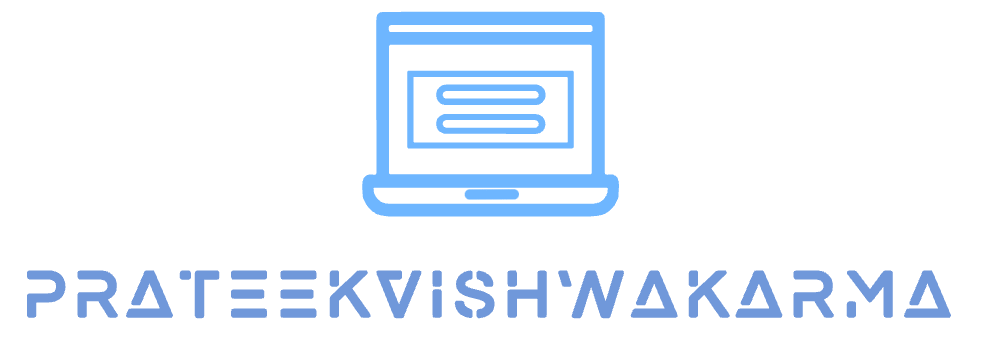
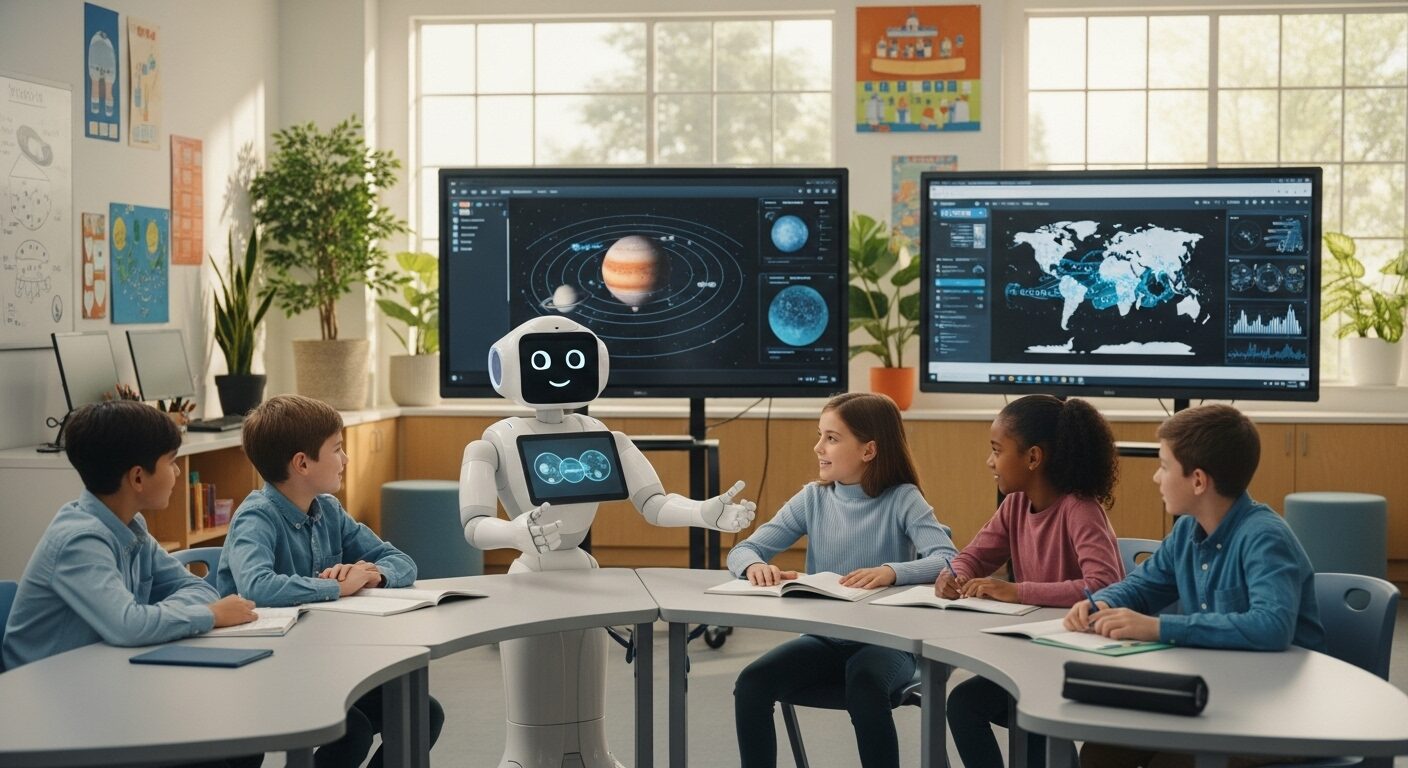




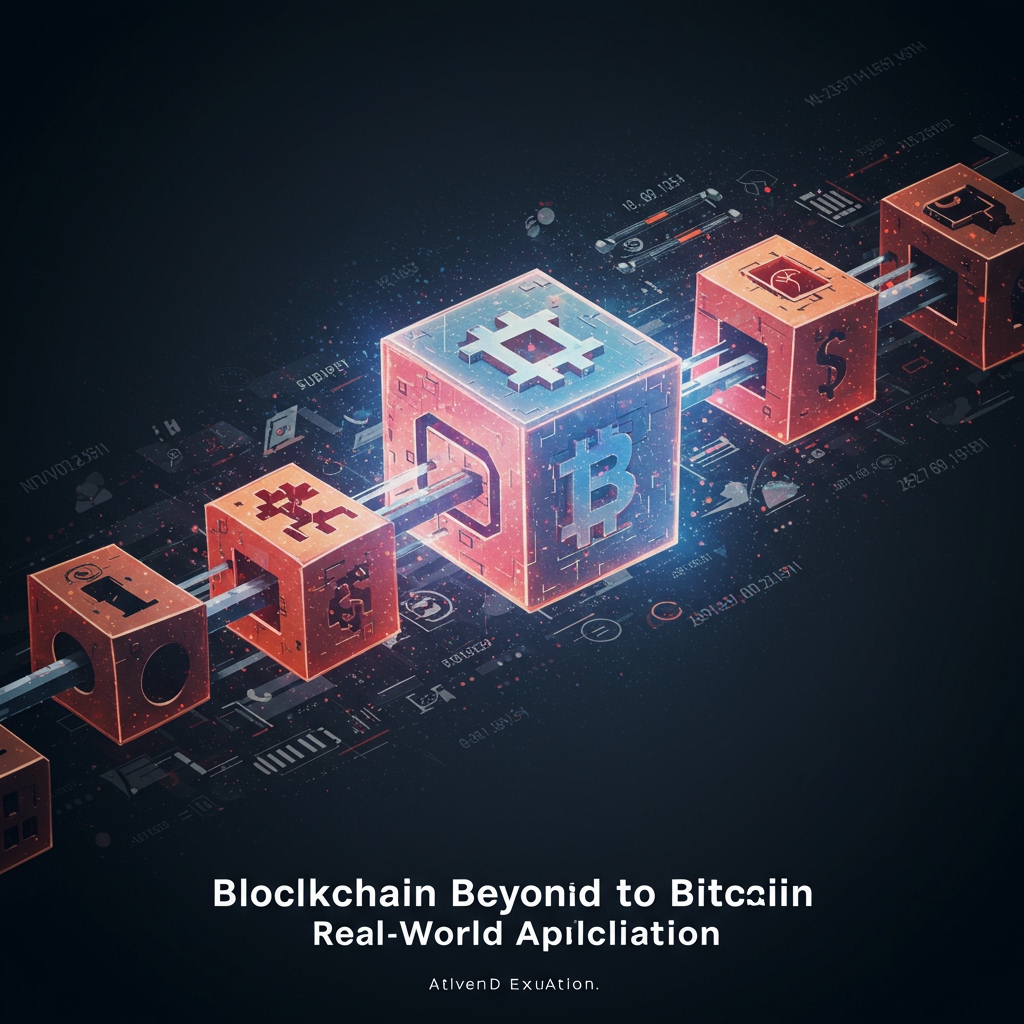








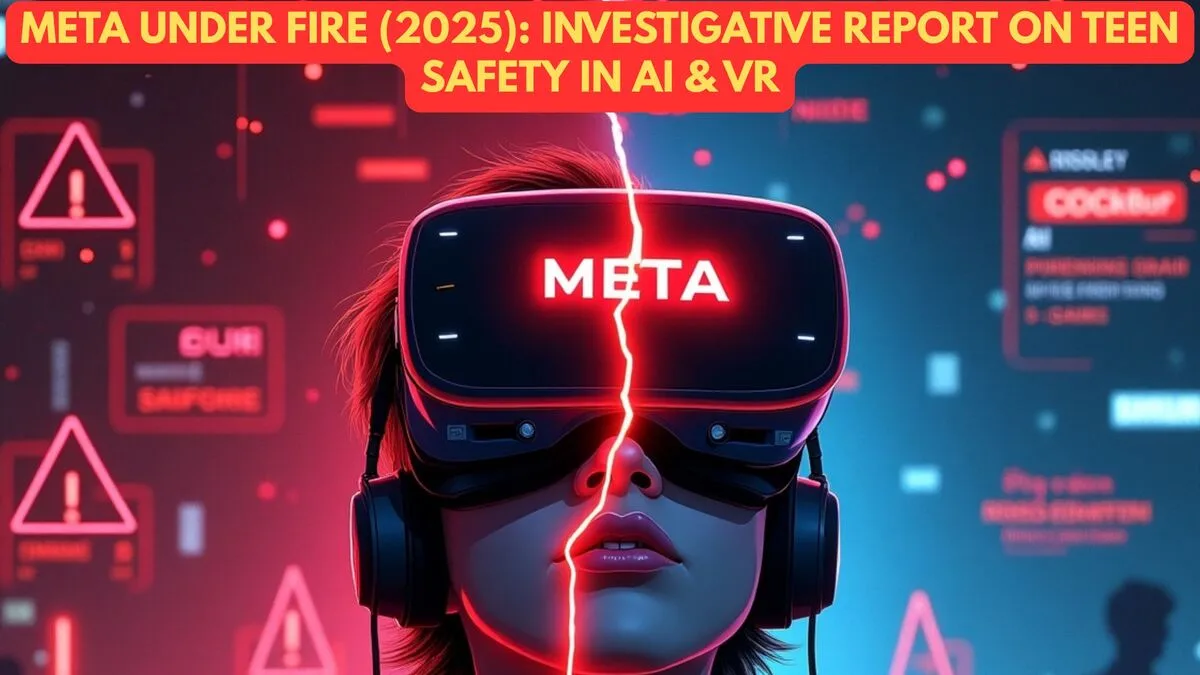
[…] Education: Personalized learning experiences could become the norm, with AI tutors adapting to individual student needs, offering explanations in multiple modalities. This aligns with the potential for personalized AI tutors in K12 education. […]